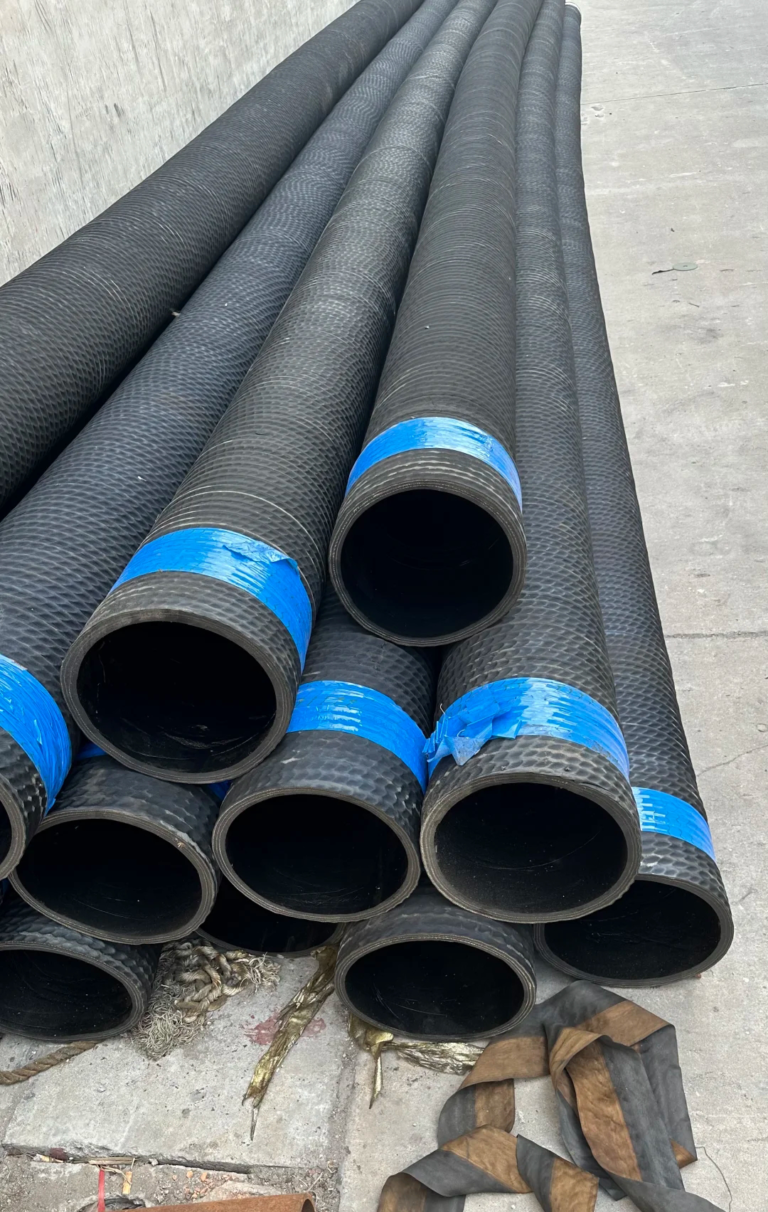What is hydraulic shock?
In hydraulic systems, when the oil circuit is quickly reversed or cut off, or when the motion mechanism suddenly stops due to some external reason, the liquid flow in pipe A and the motion speed of the mechanism will undergo a sharp change due to the inertia of the flowing liquid or the inertia of the moving parts, which may cause the hydraulic pressure in the system to change rapidly and instantaneously, sometimes reaching tens of times the rated pressure during normal operation. This phenomenon is called hydraulic shock. When hydraulic shock occurs, not only is the instantaneous pressure peak very high, but the pressure rises and falls alternately and propagates along the pipeline. The generated hydraulic shock wave can cause vibration and impact noise in the hydraulic system, causing the pipe joints to loosen and damaging the sealing performance. Sometimes it can even cause the pipeline to burst.. Therefore, the impact of hydraulic shock should be minimized or prevented as much as possible. Generally, the following measures can be taken:
1. Slowly close the valve to reduce the intensity of the shock wave.
2. Install an accumulator in front of the valve. To reduce the distance of shock wave propagation.
3. The flow velocity in the pipeline should be limited within an appropriate range, the length of the pipeline should be reduced, and thin walled, large-diameter pipelines and elastic rubber hoses should be used.
To reduce the hydraulic impact caused by rapid changes in the speed of the moving parts of the mechanism, the braking time of the mechanism should be extended to ensure even speed changes. When the braking time cannot be extended or the solenoid valve is used to close the return oil circuit, a buffer valve and overload relief valve can be added to the oil cylinder or oil motor discharge circuit







